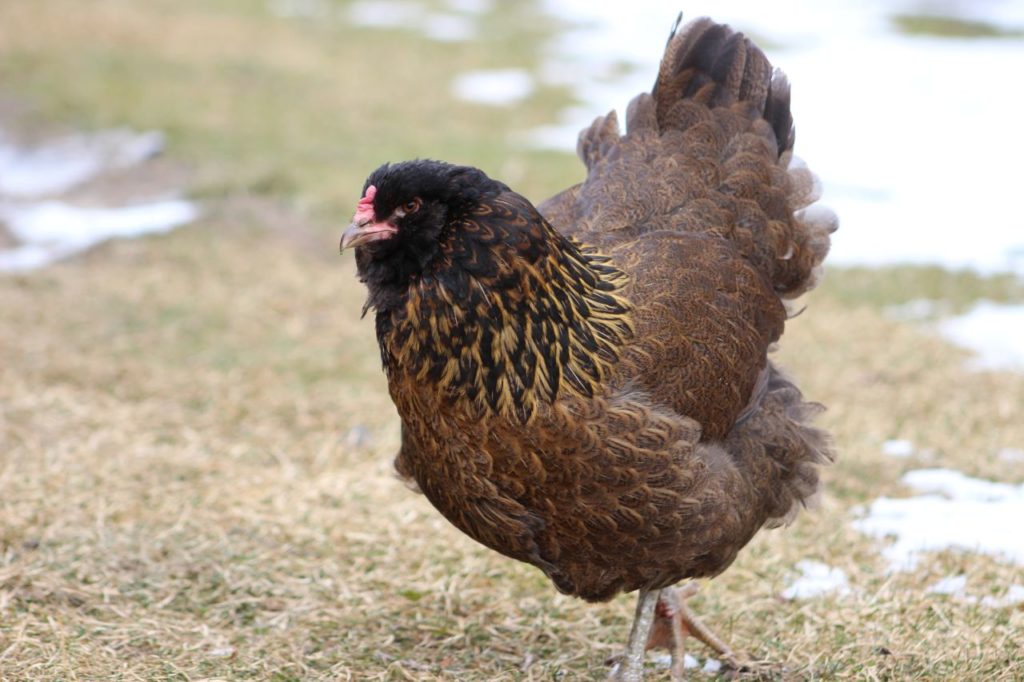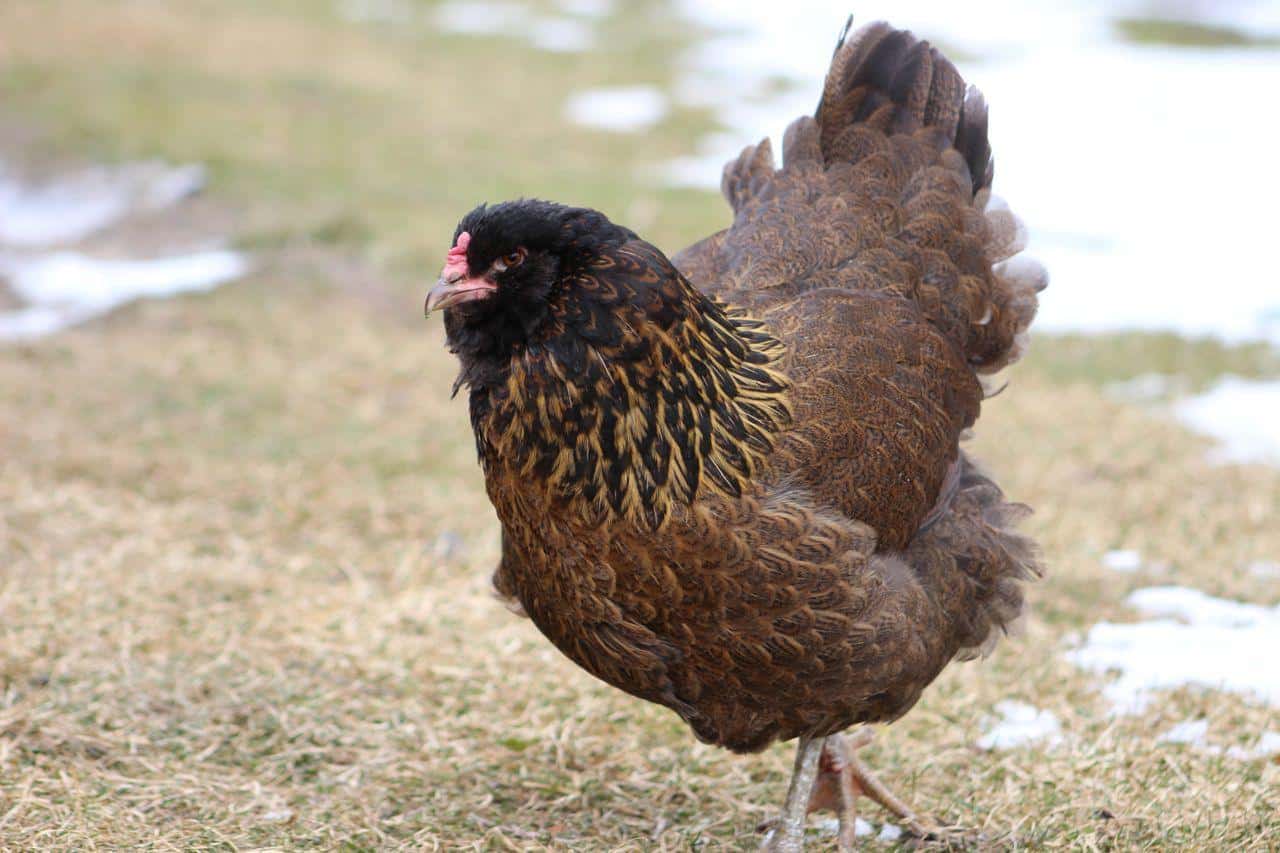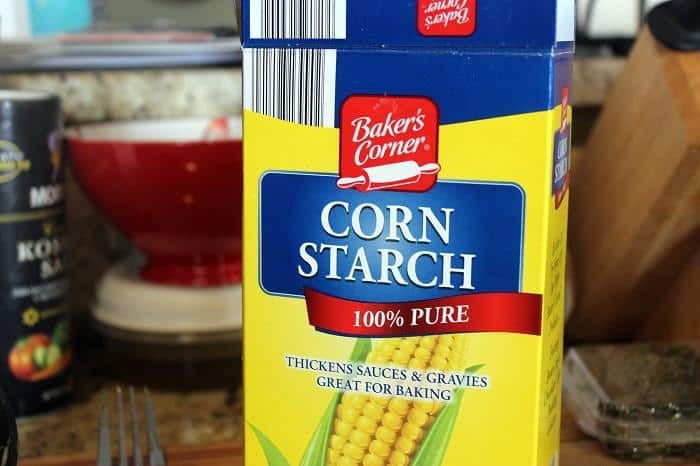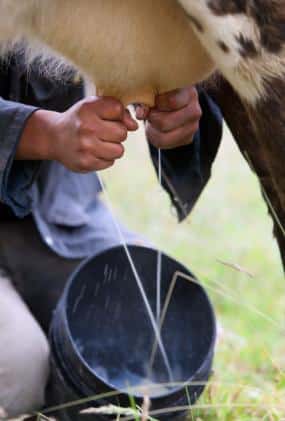
Anyone who lives north of a certain latitude or above a particular elevation knows that winter can be hard on homestead chickens. Keeping a flock warm and comfortable can be a challenging endeavor when the temperature plummets. Although there are a variety of methods available, ranging from infrastructure modification to feeding habits to artificial heat, one of the most important things to ensure chickens thrive in winter is to choose the right breeds for the climate
First, bigger is better. Larger animals are often able to store more fat, which acts as insulation. Although the general rule of larger animals being more adaptable to cold than small ones is more often true among mammals than in other animal families, it does seem to bear out with domestic fowl. Full-sized chicken breeds tend to do better in severely cold areas than do the smaller-sized bantams. While smaller poultry can and are raised successfully in northern climates, it works well to choose heavy breeds.
Another thing to look for when choosing a cold-hardy chicken breed are their physical features. Larger combs and wattles—the fleshy protuberances on the tops of their heads and hanging from below their beaks, typically red in color—are more prone to freezing. The reason for this tendency may be that combs and wattles have a lower blood flow than the rest of their bodies, particularly during cold weather. As with other organisms, including humans, physiology focuses on survival, which in cold weather causes blood flow to be reserved for the most important areas of the body.
Diatomaceous Earth: The All-Natural Livestock De-Wormer!
Roosters typically have larger combs and wattles than do hens. But both sexes of some breeds have smaller ones, and those are the breeds that do better in frigid weather. They have less area of this sensitive skin exposed to the cold, which results in them being less apt to suffer from painful and debilitating frostbite.
Another feature to consider is fur versus feathers. The answer feels almost counterintuitive, but chickens with feathered or furry legs are not recommended for colder regions. The reason is this: snow and ice can stick to the fluffy legs and feet of silkie types and cause them to freeze more quickly than legs and feet with only skin. The same holds true for chickens with fur or fluffy feathers on their bodies and heads—traditional feathers keep them drier and more protected from cold. This is not to say that chickens with furry legs or bodies cannot be raised in the north, but it may be wise to keep an extra close eye on them during deep cold, particularly if they go outside at all.
Chickens have been bred over generations to adapt to specific conditions, and being cold-hardy is one of those sought-after traits. So what breeds of chicken are generally considered to be the best choices for regions of extremely cold winters?
My personal favorite is the Ameraucana. This is an American breed that is derived from the South American “Araucana,” a bird known for laying blue eggs. Like its parent bird, the Ameraucana—also known as an “Easter-egger”—typically has distinctive tufted ears and a short tail, and lays eggs that range from olive green to baby blue in color. Ameraucana roosters have brilliant plumage in iridescent greens and sometimes other colors which some people favor for fly-tying, and hens range from multicolored golds and oranges to all white. The two distinguishing characteristics which all of my Ameraucana birds have are tufted ears and greenish legs.
The traits that make me like Ameraucanas include their all-weather hardiness—heavy bodies and extremely low-profile combs and barely existent wattles—as well as their extra-rich eggs and general toughness.
Another breed I have had success with is the Golden Comet. One of my hens is a seven-year-old Golden Comet, and she is still laying eggs regularly even at her advanced age. She is robust, smart, and adaptable to new conditions—and like her roost-mates, has the cold-weather traits she needs to survive winters in my region.
Other breeds that are generally thought to be cold-weather chickens include Reds—both Rhode Island and New Hampshire—as well as all colors of Wyandottes, Orpingtons and Rocks. I have had a few of all four of these types over the years, and they have proven to be excellent cold-weather choices, but have replaced them with other breeds as time went by due to reasons other than winter hardiness.
It is likely possible to change housing conditions so that any chicken can be kept safe and thriving during frigid weather. But choosing breeds that naturally tolerate cold better can result in less effort and less worry on the owner, and create a more pleasant environment for everyone involved.
What are your favorite cold-weather chicken breeds? Which traits are most important to you for winter hardiness? Share your tips in the section below:











